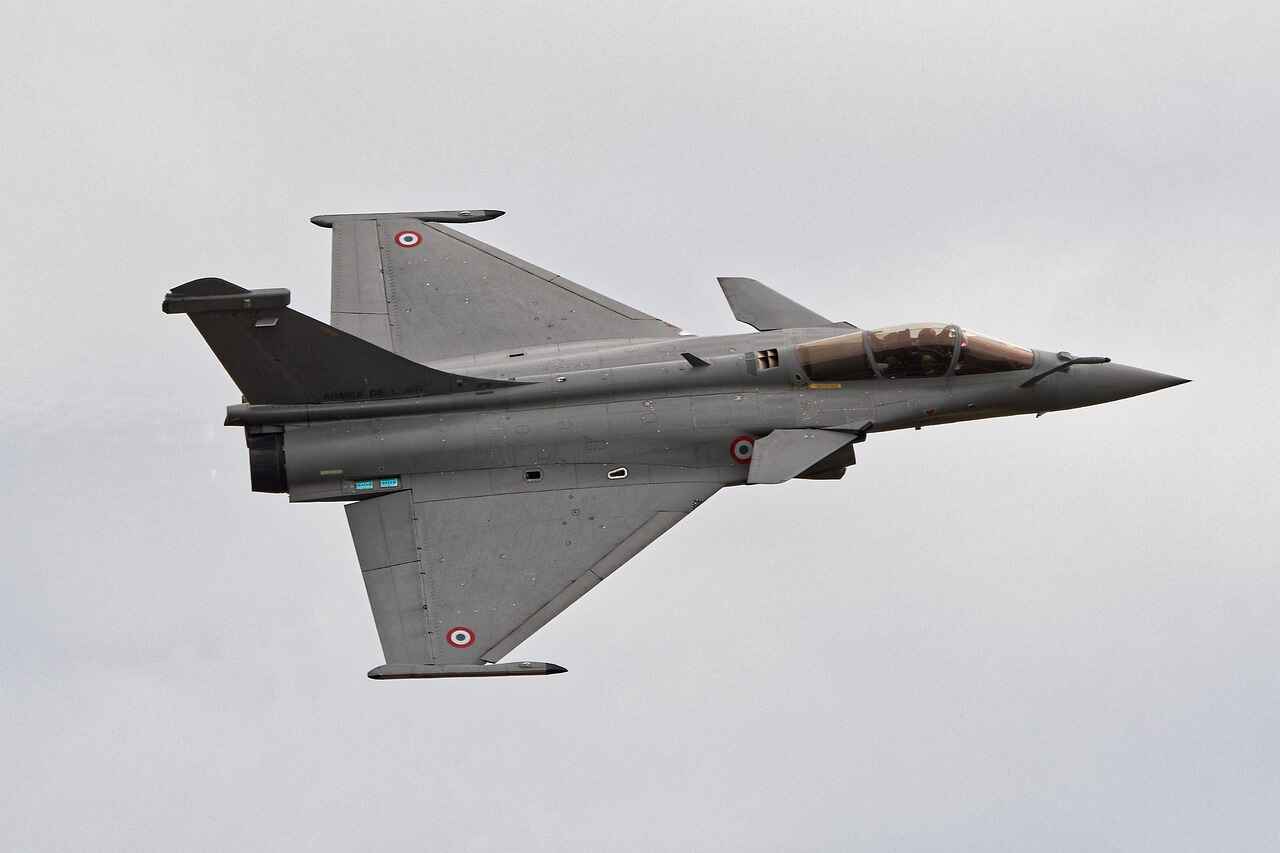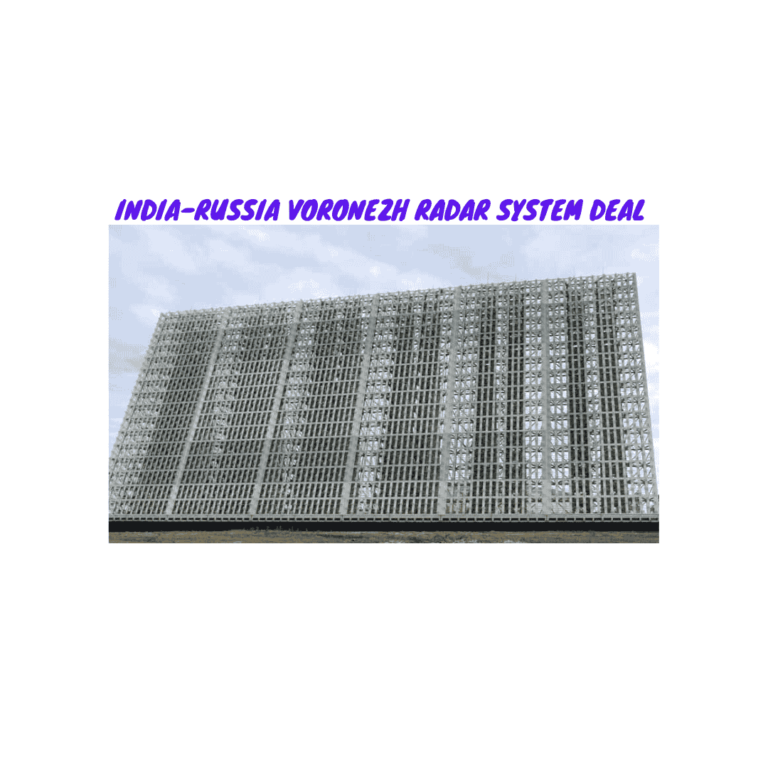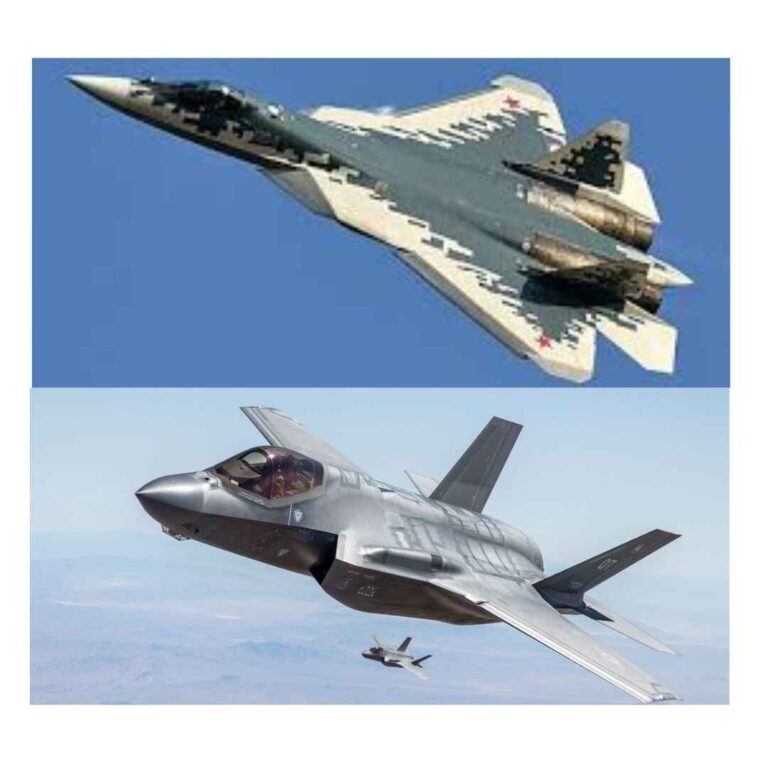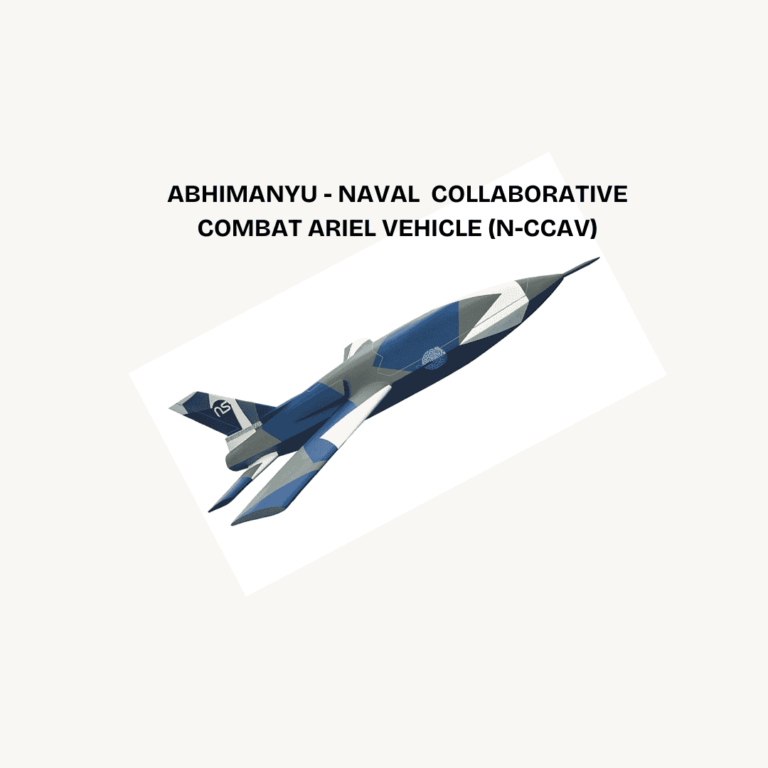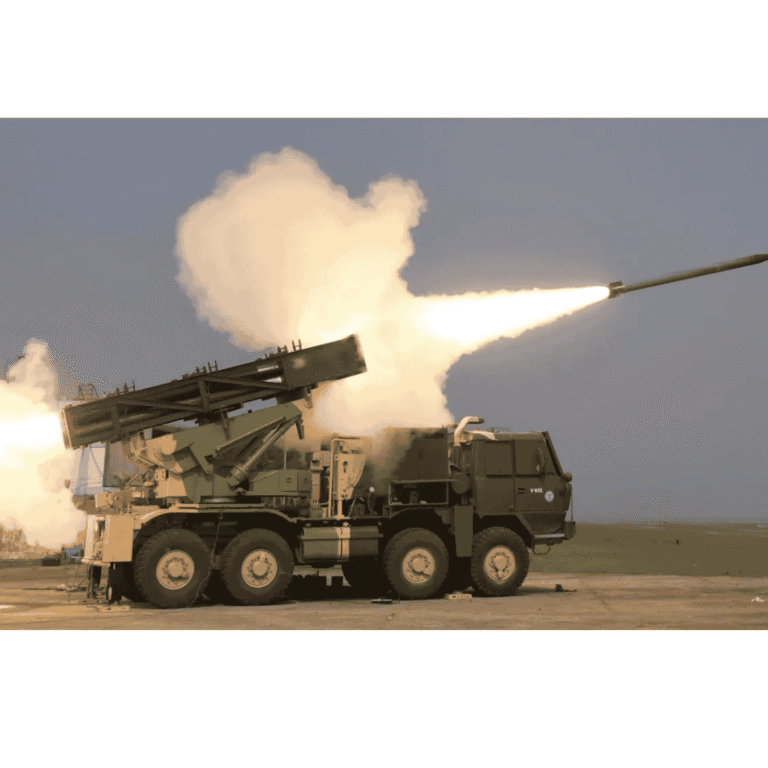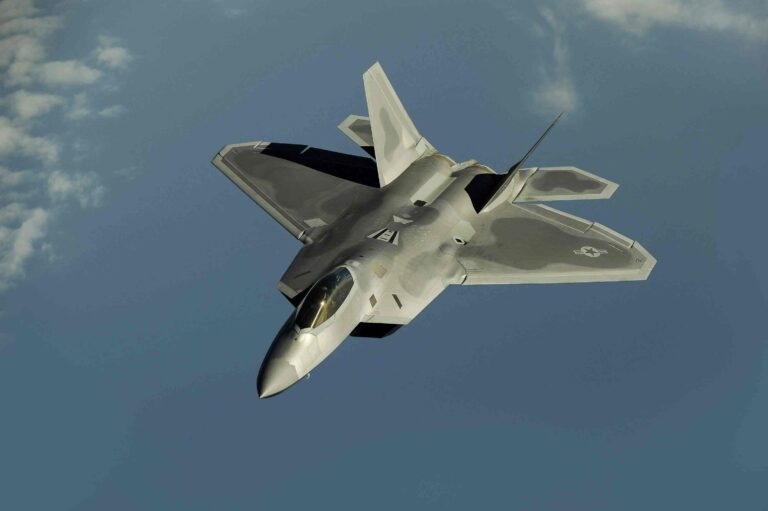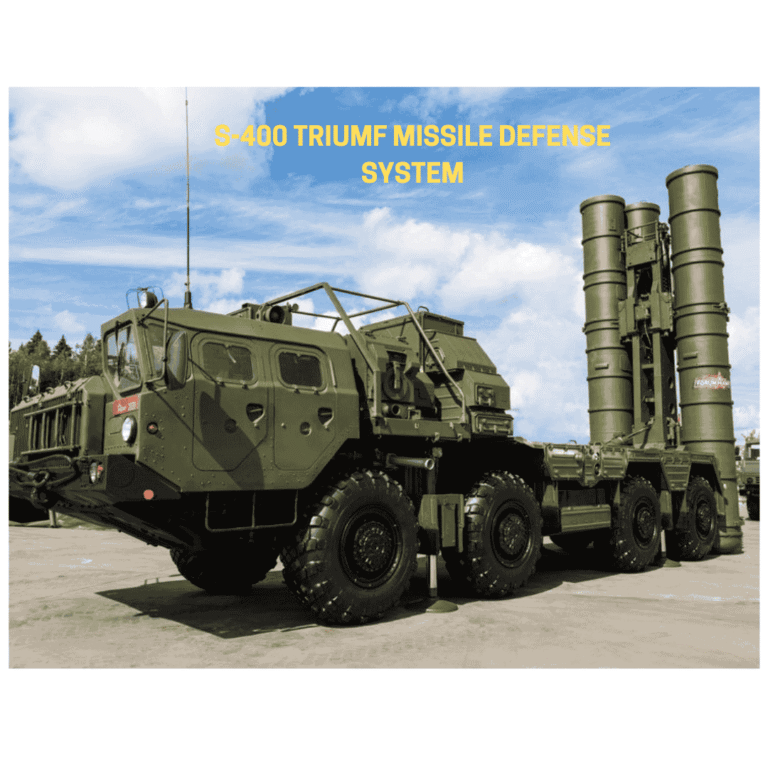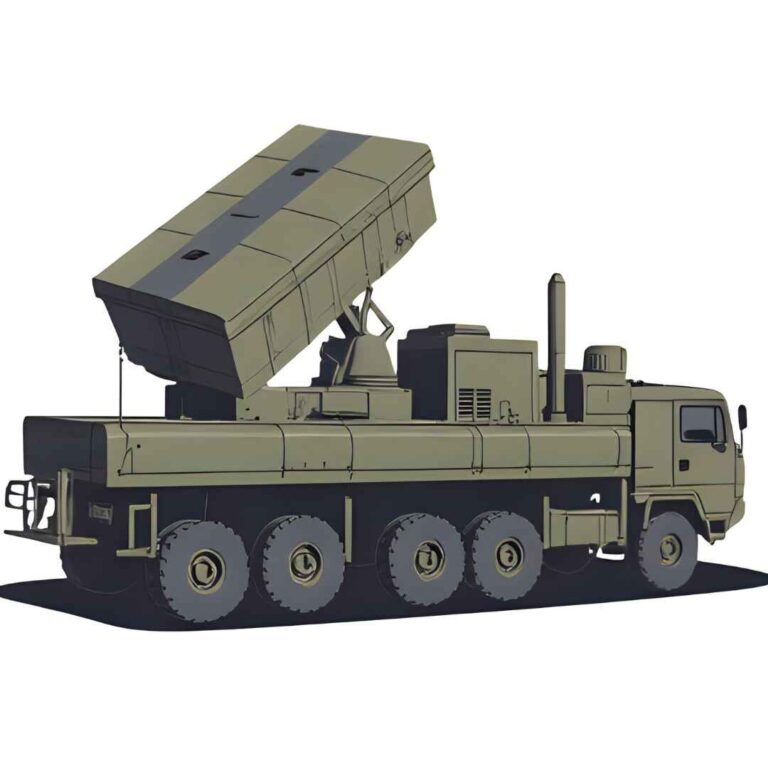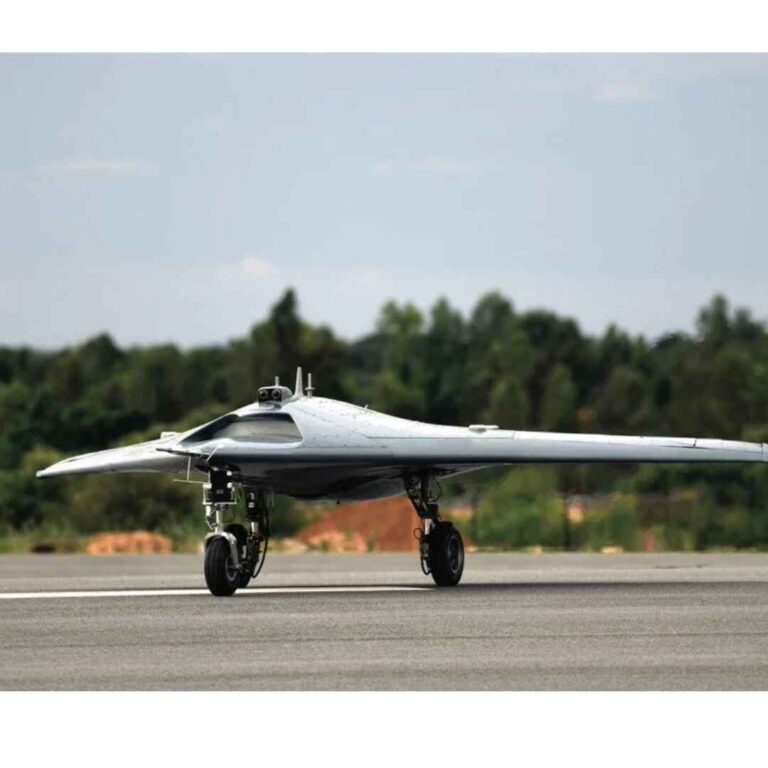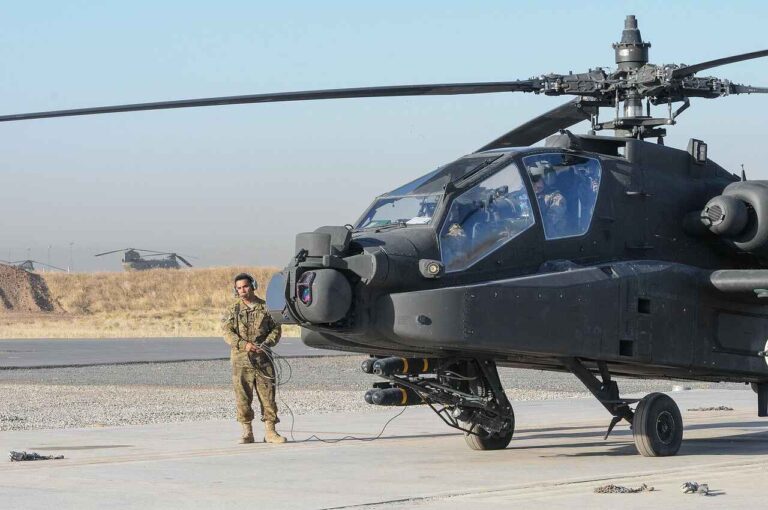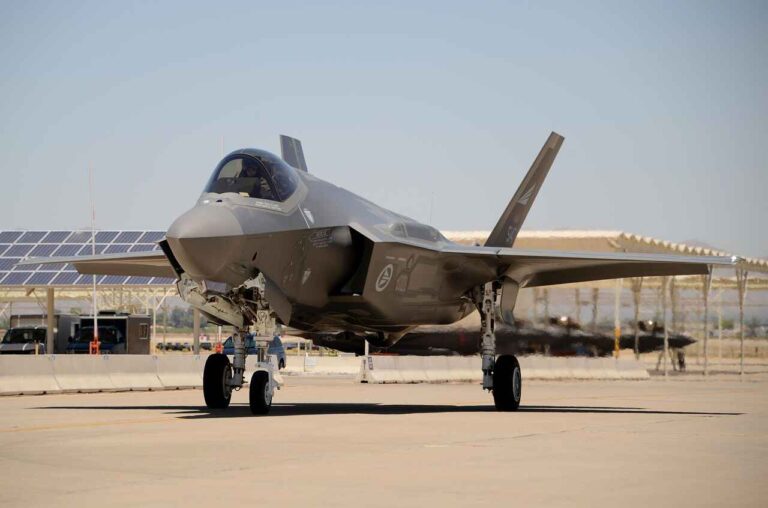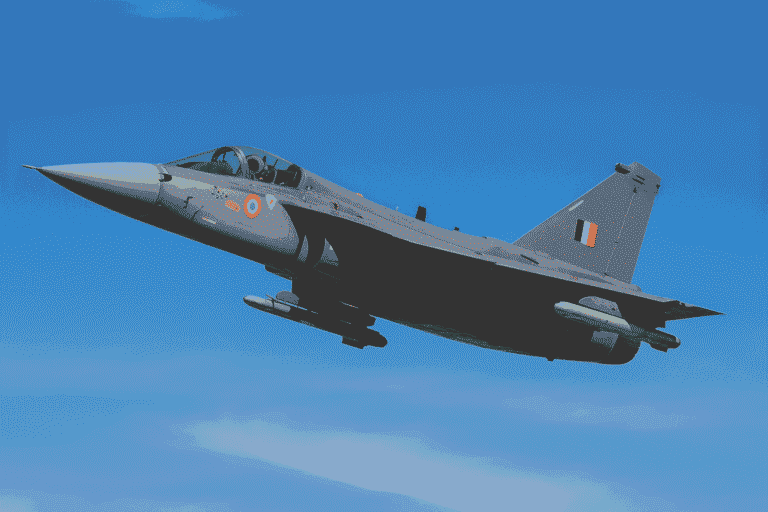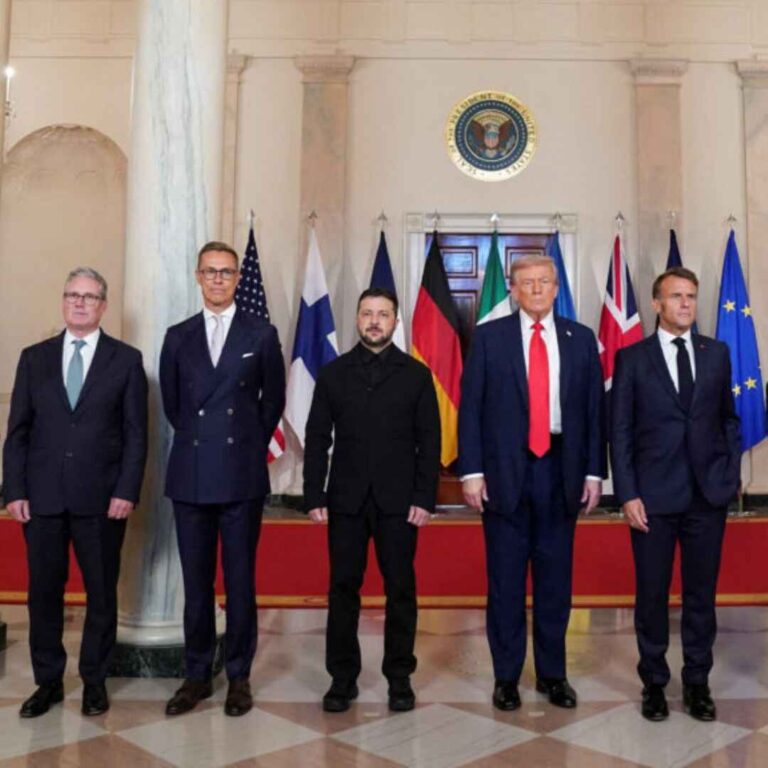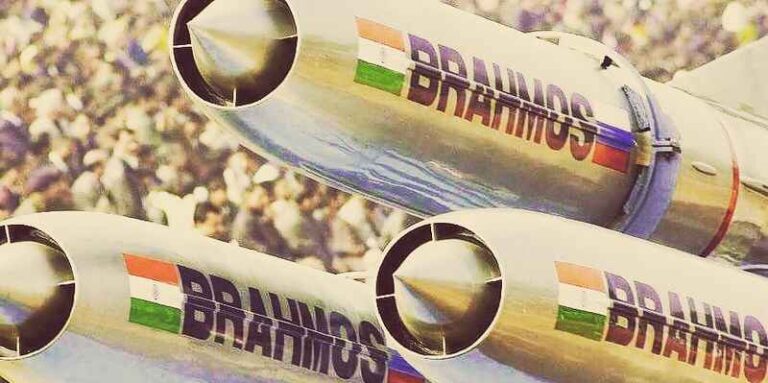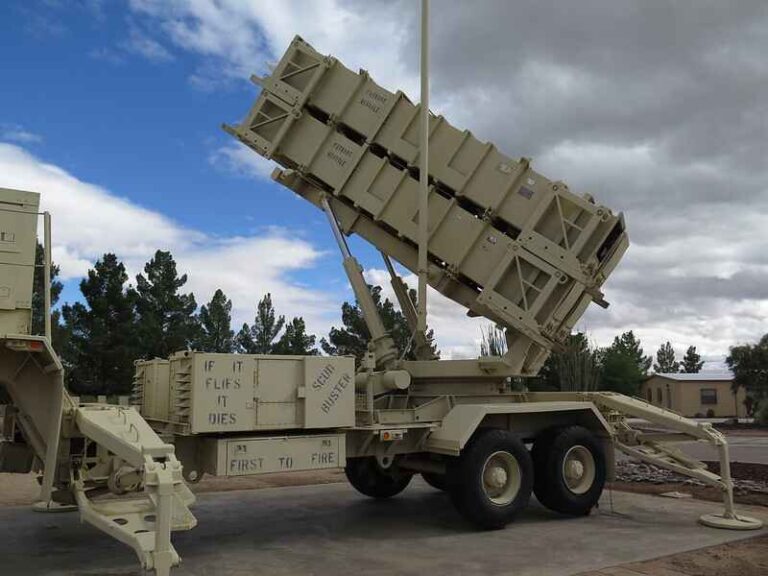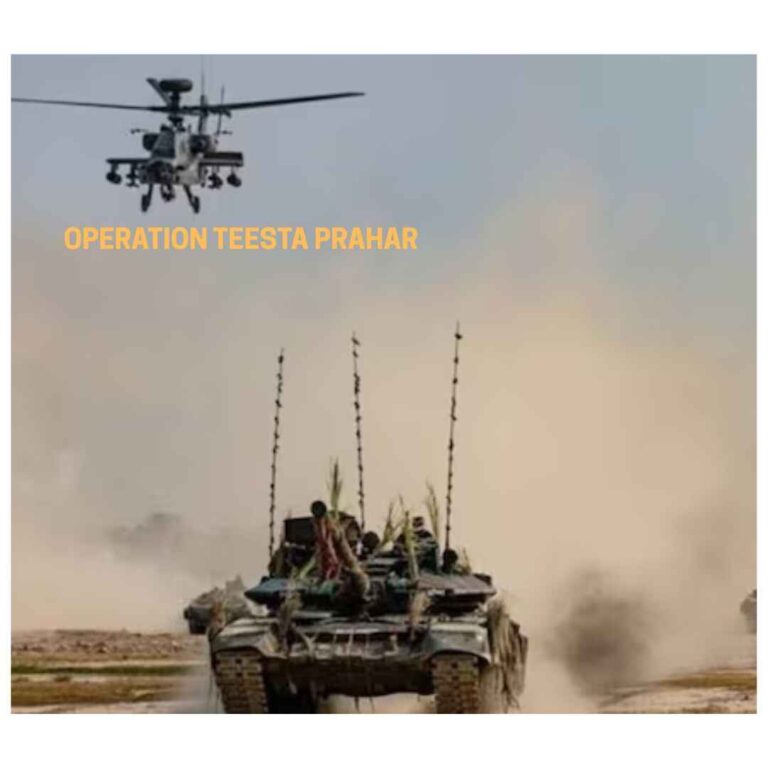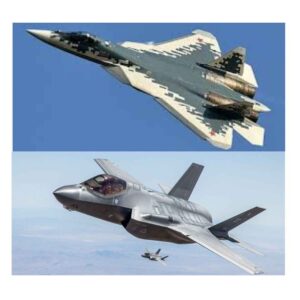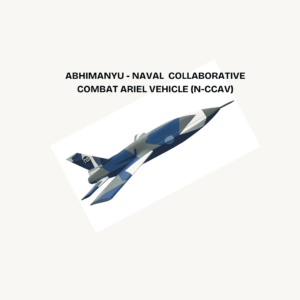Introduction
India’s maritime security landscape is rapidly evolving, demanding a robust and indigenous naval airpower capability. The Twin Engine Deck-Based Fighter (TEDBF), being developed by the Aeronautical Development Agency (ADA) and Hindustan Aeronautics Limited (HAL), is poised to become the backbone of the Indian Navy’s future carrier-based fighter fleet. Designed to replace the aging MiG-29K fighters, TEDBF represents a significant leap in India’s self-reliance in defense aviation under the ‘Atmanirbhar Bharat’ initiative.
As the Indian Navy expands its blue-water capabilities, the need for a next-generation, multi-role fighter optimized for carrier operations has become critical. TEDBF aims to bridge this gap by offering advanced stealth features, superior avionics, and enhanced combat capabilities. Its compatibility with STOBAR (Short Takeoff but Arrested Recovery) and CATOBAR (Catapult Assisted Takeoff but Arrested Recovery) carriers ensures its adaptability to current and future Indian aircraft carriers, including INS Vikrant and INS Vishal.
With a twin-engine configuration for enhanced survivability, modern weapon systems, and an indigenous AESA radar, TEDBF is designed to challenge the world’s leading carrier-based fighter jets.
The idea of an indigenous naval fighter emerged after the Naval Light Combat Aircraft (LCA) Tejas failed to meet the Navy’s requirements due to its single-engine design and limited payload capacity. Recognizing the need for a twin-engine, carrier-capable aircraft with better range, endurance, and survivability, the Indian Navy formally backed the TEDBF program, and the project was officially announced in 2020.
Design and Technical Specifications
The Twin Engine Deck-Based Fighter (TEDBF) is designed as a 4.5+ generation multi-role carrier-based fighter, incorporating advanced stealth features, superior aerodynamics, and cutting-edge avionics. It is optimized for operations from Indian Navy aircraft carriers and is expected to replace the aging MiG-29K fleet.
Airframe and Structure
- Stealth-Optimized Design: TEDBF will feature reduced radar cross-section (RCS) with stealth coatings and internal weapons carriage (optional future upgrade) to minimize detection.
- Twin-Engine Configuration: Unlike the single-engine Naval LCA Tejas, TEDBF will have two engines, enhancing survivability, thrust, and payload capacity.
- Canards and Delta Wing: The aircraft will incorporate canards for enhanced maneuverability, similar to Dassault Rafale and Eurofighter Typhoon, providing superior lift and agility.
- Carrier Suitability: TEDBF will be designed to operate from both INS Vikrant (STOBAR) and future carriers like INS Vishal (CATOBAR), making it highly versatile.
- High-Strength Landing Gear: A reinforced landing gear system will ensure smooth operations on aircraft carriers, allowing for hard deck landings.
Engines and Performance
- Engines: TEDBF is expected to be powered by two General Electric GE F414 engines (or an indigenous alternative in the future), similar to the engines used in the HAL Tejas Mk2.
- Thrust Class: Approximately 98-110 kN (kilonewtons) per engine, ensuring high-speed performance and enhanced payload capacity.
- Maximum Speed: Estimated to be around Mach 1.8 to 2.0.
- Combat Radius: Expected to be 1,200–1,500 km, ensuring deep strike capabilities over the Indian Ocean.
- Service Ceiling: 50,000 feet (15,240 meters).
- Thrust-to-Weight Ratio: Optimized for high agility, enabling superior dogfighting and evasive maneuvers.
Avionics and Sensors
- Indigenous AESA Radar: TEDBF will be armed with an advanced Active Electronically Scanned Array (AESA) radar, improving target tracking and multi-target engagement.
- Integrated Electronic Warfare Suite: A DRDO-developed EW system for self-defense, jamming enemy radars, and countering electronic threats.
- Glass Cockpit & Advanced Flight Controls: A fully digital cockpit with touch screens, voice command features, and a Helmet-Mounted Display System (HMDS) for seamless targeting.
- Infrared Search and Track (IRST): Provides passive target tracking, critical for stealth engagements.
- Data-Link Connectivity: Allows real-time information sharing with other aircraft, naval warships, and ground stations.
Weapons and Payload
TEDBF is designed to carry a wide range of air-to-air, air-to-ground, and anti-ship weapons.
- Air-to-Air Missiles:
- Astra Mk1/Mk2/Mk3 (Beyond Visual Range – BVR) missiles
- Short-range infrared-guided missiles (e.g., ASRAAM, Python-5)
- Air-to-Ground Weapons:
- Precision-guided bombs (e.g., SPICE-2000, SAAW – Smart Anti-Airfield Weapon)
- Laser-guided bombs (LGBs)
- Anti-Ship Missiles (AShM):
- BrahMos-NG (Naval Variant) for maritime strike missions
- Naval Anti-Ship Missiles (NASM)
- Electronic Warfare & Defensive Systems:
- Chaff and flare dispensers for countermeasures
- DRDO-developed self-protection jammers
- Payload Capacity: Estimated to be 7.5–8.5 tons, including a mix of missiles, bombs, and fuel tanks.
- Internal Weapons Bay (Future Upgrade): Potential integration for improved stealth characteristics.
Carrier Compatibility and Naval Adaptability
- Take off System:
- Compatible with both STOBAR (Short Take off but Arrested Recovery) and CATOBAR (Catapult Assisted Take off but Arrested Recovery) carriers.
- Arrestor Hook System:
- Equipped with a tail hook for arrested landings, ensuring safe recovery on aircraft carriers.
- Folding Wings:
- To optimize space utilization on aircraft carrier decks, TEDBF will have foldable wingtips, similar to the F/A-18 Super Hornet.
Comparison with Global Carrier-Based Fighters
TEDBF is being designed to compete with the best carrier-based fighters in the world, including:
| Feature | TEDBF (India) | F/A-18 Super Hornet (USA) | Rafale M (France) | J-15 (China) | F-35C (USA) |
| Generation | 4.5+ | 4.5 | 4.5 | 4.5 | 5th |
| Stealth Features | Partial | Partial | Partial | Minimal | Full |
| Engines | 2 × GE F414 (Expected) | 2 × GE F414 | 2 × M88 | 2 × WS-10 | 1 × F135 |
| Max Speed | Mach 1.8–2.0 | Mach 1.8 | Mach 1.8 | Mach 2.0 | Mach 1.6 |
| Combat Radius | 1,200–1,500 km | 1,100 km | 1,850 km | 1,500 km | 1,700 km |
| Weapons Payload | ~8.5 tons | ~8.0 tons | ~9.5 tons | ~9.0 tons | ~8.2 tons |
| Carrier Compatibility | STOBAR & CATOBAR | CATOBAR | CATOBAR | STOBAR | CATOBAR |
| Expected Induction | 2032 | In Service | In Service | In Service | In Service |
Operational Capabilities
The Twin Engine Deck-Based Fighter (TEDBF) is being developed to serve as the primary carrier-based combat aircraft for the Indian Navy, replacing the aging MiG-29K fleet. Designed as a 4.5+ generation fighter, TEDBF is intended to perform a wide range of missions, from air superiority and strike operations to reconnaissance and electronic warfare.
Multi-Role Combat Capabilities
TEDBF is envisioned as a multi-role naval fighter capable of executing a variety of missions, including:
- Equipped with Astra Mk1/Mk2/Mk3 Beyond Visual Range (BVR) missiles and short-range heat-seeking missiles for dogfights and long-range aerial engagements.
- Super-maneuverability due to canards, high thrust-to-weight ratio, and twin engines, make it more agile than MiG-29K.
- Indigenous AESA radar enhances situational awareness and target detection, allowing simultaneous tracking of multiple aerial threats.
- Capable of carrying precision-guided bombs, cruise missiles, and anti-ship weapons.
- Can execute deep-strike missions using BrahMos-NG, SAAW, and other stand-off weapons.
- The infrared Search and Track (IRST) system allows target engagement without relying on radar, increasing stealth capability.
- Equipped with BrahMos-NG (Naval Variant) and NASM (Naval Anti-Ship Missile) for engaging enemy warships and maritime assets.
- High endurance and combat radius allow operations deep into enemy waters.
- It can operate in coordination with the Indian Navy’s P-8I maritime patrol aircraft and warships, enhancing maritime strike capabilities.
- Integrated Electronic Warfare (EW) suite to jam enemy radars and disrupt communications.
- Can deploy anti-radiation missiles (ARM) to neutralize enemy air defense systems.
- TEDBF can provide air support to amphibious landing operations, assisting naval and special forces missions.
- Advanced sensors and network-centric warfare (NCW) capabilities allow it to operate in joint missions with warships and land-based units.
- TEDBF can be equipped with reconnaissance pods and electro-optical sensors to gather intelligence over hostile territories.
- Real-time data-link connectivity allows it to share crucial battlefield intelligence with naval command centers.
Carrier-Based Operational Capabilities
TEDBF is being designed for seamless operations from Indian Navy aircraft carriers.
- STOBAR & CATOBAR Compatibility: Unlike current MiG-29Ks, TEDBF is being developed to be compatible with both STOBAR (INS Vikrant, INS Vikramaditya) and CATOBAR (future INS Vishal) systems.
- Arrestor Hook for Carrier Landings: Reinforced landing gear and arrestor hook system ensure safe landings on aircraft carrier decks.
- Folding Wings for Deck Storage: TEDBF features foldable wingtips, optimizing storage on aircraft carriers with limited deck space.
Combat Endurance & Range
- Combat Radius: Estimated to be 1,200–1,500 km, extending operational reach over the Indian Ocean and beyond.
- Aerial Refueling Capability: Equipped for mid-air refueling, allowing extended mission durations and deep-penetration strikes.
- Payload Capacity: Can carry up to 8.5 tons of weapons, allowing for versatile mission
Integration with Network-Centric Warfare
TEDBF will be a fully networked fighter, capable of seamless data exchange with naval assets, early warning aircraft, and ground command centers.
- Real-time data link with warships and submarines for coordinated naval operations.
- Integration with Indian Navy’s P-8I Poseidon aircraft and AEW&C systems, ensuring superior maritime domain awareness.
- Secure communication links to prevent jamming and cyber threats.
Conclusion
The Twin Engine Deck-Based Fighter (TEDBF) is not just an aircraft—it is a symbol of India’s evolving defense capabilities and strategic foresight. As the Indian Navy transitions from imported platforms to indigenous solutions, TEDBF stands as a testament to India’s technological progress, self-reliance, and maritime strength.
Operationally, TEDBF will replace the aging MiG-29K fleet, ensuring the Indian Navy has a modern, reliable, and combat-ready aircraft for carrier operations. Its stealth features, superior avionics, and multi-role capabilities will enhance India’s ability to dominate aerial combat, conduct precision strikes, and secure maritime interests across vast oceanic expanses.
Strategically, TEDBF is a force multiplier in India’s Indo-Pacific strategy, enabling stronger deterrence against regional adversaries like China and Pakistan. As global maritime conflicts intensify, the need for a robust naval air force becomes critical, and TEDBF will ensure that India remains a formidable naval power.

